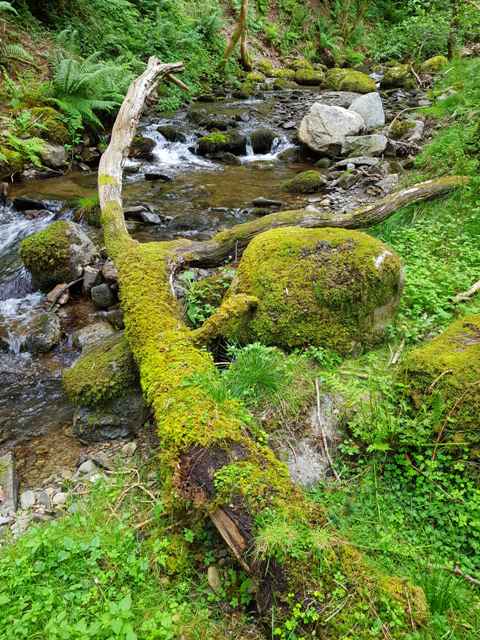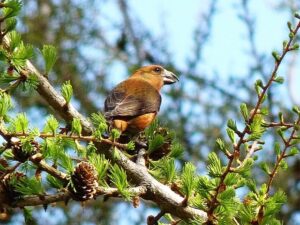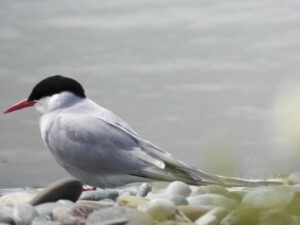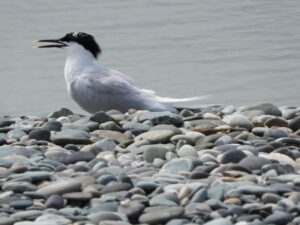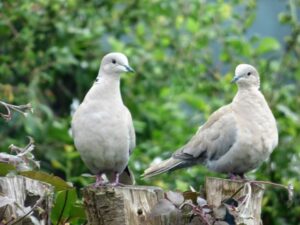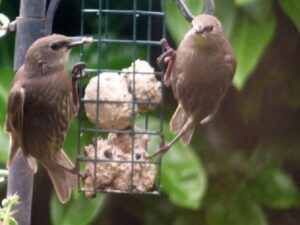Hugh’s News – 13 July 2020
We are slowly being allowed out more, although we are still not out of the woods yet. You have hopefully been able to get your hair cut at least – I am booked in next week!
Now that Wales has opened up its borders, I had a walk around Glyndyfrdwy near Llangollen last week. This venue was on our programme for a visit this spring, but sadly had to be cancelled. The birds were much harder to spot now, but I still enjoyed the walk up the valley and the views across the open moorland. A family party of 3 Crossbills was the highlight. We will re-arrange a visit here soon, I am sure.
Bill made a trip to South Stack on Anglesey to enjoy the mass activity on the cliffs. There are still plenty of birds there, but it will not be long before they start to disperse out to sea. Birds seen included Choughs, Guillemots, Fulmars, Gannets, Kittiwakes and Puffins. Then he went to Cemlyn Bay to see the Tern colonies (Arctic and Sandwich).
Joyce thought she saw a female Blackcap in her garden this week. This is quite possible, as “our” birds will have largely finished nesting and will be searching earnestly for food in order to build up their fat reserves in preparation for the long migration to Africa for the winter. The Blackcaps we see here in the winter on our bird tables are different birds – they come from central European countries such as Germany to escape the harsher weather there.
Now a confession! The photo of the badger in Barry’s garden in the last edition was a set-up! In fact, the head was given to him, and he had just placed it in the garden for the photo. It certainly fooled me! His photos of a pair of Collared Doves and of two juvenile Starlings are genuine – honest! Young Starlings in their brown plumage often confuse people who are expecting black-looking birds.
Hugh Stewart
